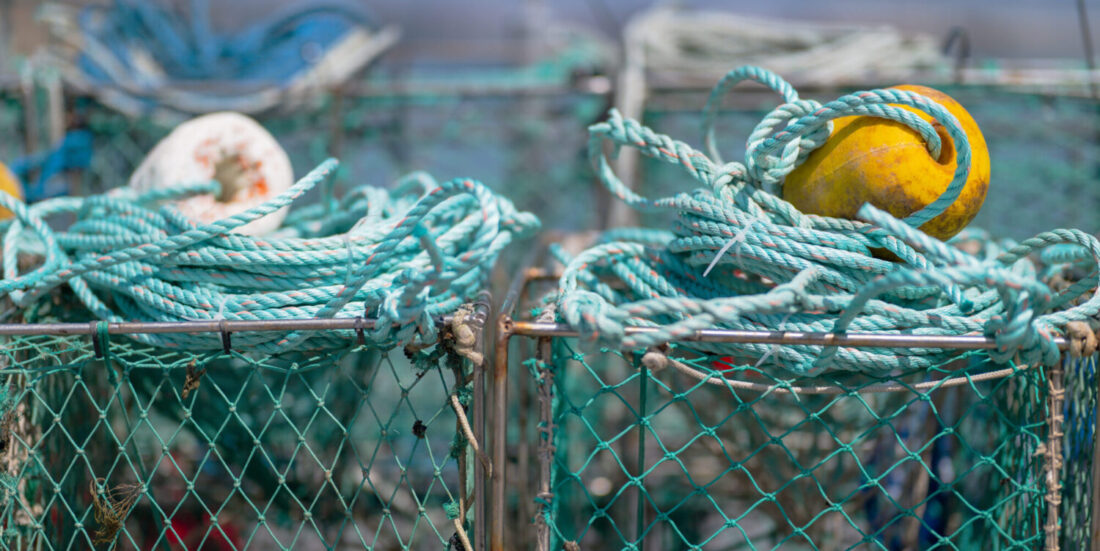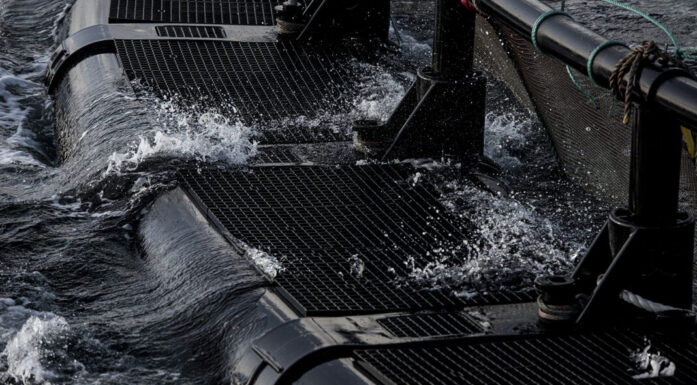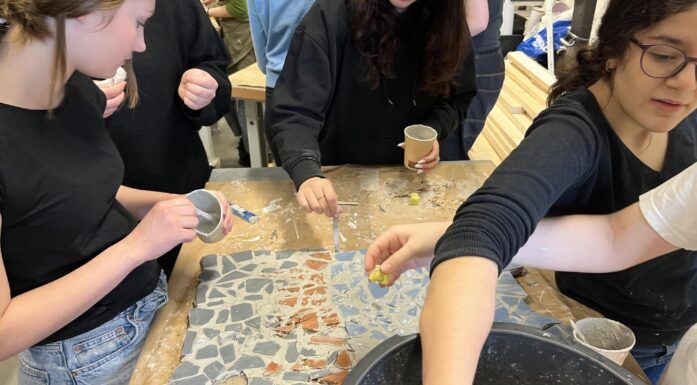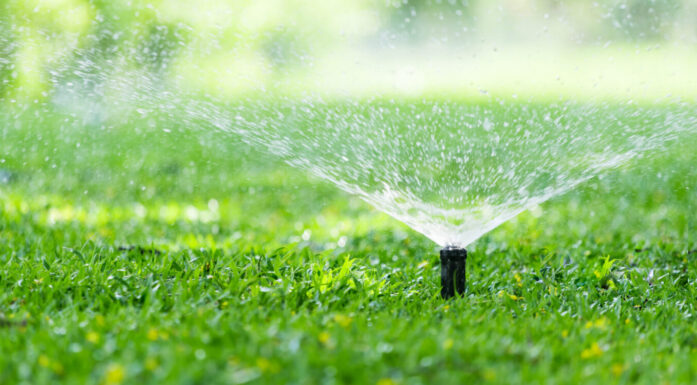New guidelines for a greener seafood sector
The aquaculture sector can now download a set of guidelines containing 25 ideas about the circular use of plastics.
A research team has assembled 25 ideas that are intended to help the aquaculture sector adopt the circular use of plastic materials. The ideas are presented as part of a set of guidelines, accompanied by practical explanations and instructions.
“The aim is to enable the industry to reduce consumption and achieve its environmental targets by making more use of discarded materials and adopting measures that enable existing plastics to last longer”, says SINTEF researcher Helene Øyangen Lindberg.
Better use of plastics
According to Lindberg, the aquaculture sector uses a lot of plastics and produces large volumes of plastic waste. For this reason it is important to manage these plastics more effectively.
“The sector has expressed a wish to improve its climate footprint and do what is necessary to prevent plastics from polluting the external environment”, says Lindberg “Greater application of circular processes is the natural solution if we are to meet our Norwegian and global resource consumption targets”, she says.
The researchers have been focusing primarily on measures that can be implemented by actors in the sector to produce less waste.
“The POCOplast project (see below) addresses both the development of circular processes and the restructuring required within the companies acting as project participants. As researchers, our role is to monitor the companies and use them as examples of how the transition to a circular economy can be achieved”, says Lindberg.
Twenty-five ideas
The research team has obtained inspiration for the presentation of its 25 ideas from a travel guidebook. The aim of the guidelines is to provide actors with good examples of solutions that are already well tried and tested or currently in use in other sectors.
We asked Lindberg to give us some examples of the ideas, which include the following:
- Companies should lease rather than own their equipment. This may help to minimise plastic consumption.
- Materials and procedures should be given names that promote the adoption of circular processes. An example can be found at Grieg Seafood, which has started to call its plastic ropes ‘knytetau’ (ropes for tying) rather than ‘kappetau’ (ropes for cutting). This is to suggest that plastic rope lengths should be tied together and reused rather than regarded simply as a throw-away commodity.
- Look into whether new products can be manufactured from recycled materials. A good example here is taken from a Swedish company called Flokk, which uses recycled plastic from snow marker poles to make recyclable chairs.
- Create closed-loop materials flow processes that make multiple use of plastics within the same value chain. The manufacture of new plastic bottles from deposit bottles is a good example of a closed-loop process. The aquaculture companies we work with have initiated several projects to develop such processes using net pen plastics.
If you want to read about all the 25 ideas for circular processes, you can download the complete set of guidelines here.
The guidelines serve to illustrate which actors in the value chain among manufacturers, users and waste management companies should be implementing changes. The idea here is that each actor should adopt those circular processes that best suit its way of working.
Researcher Helene Øyangen Lindberg has since left SINTEF after the publication of this article.
Key facts - the POCOplast project:
POCOplast is an abbreviation of “Pathways to sustainable post-consumer plastics in aquaculture”. The project is defined as a so-called KSP (competence and collaboration) project, established with the aim of investigating how companies in the aquaculture sector can achieve a greater level of circularity in their use of plastics. It was launched in 2020 and is being funded by the Research Council of Norway. The project will be completed in the autumn of 2023. The environmental organisation Bellona is one of the research partners.





